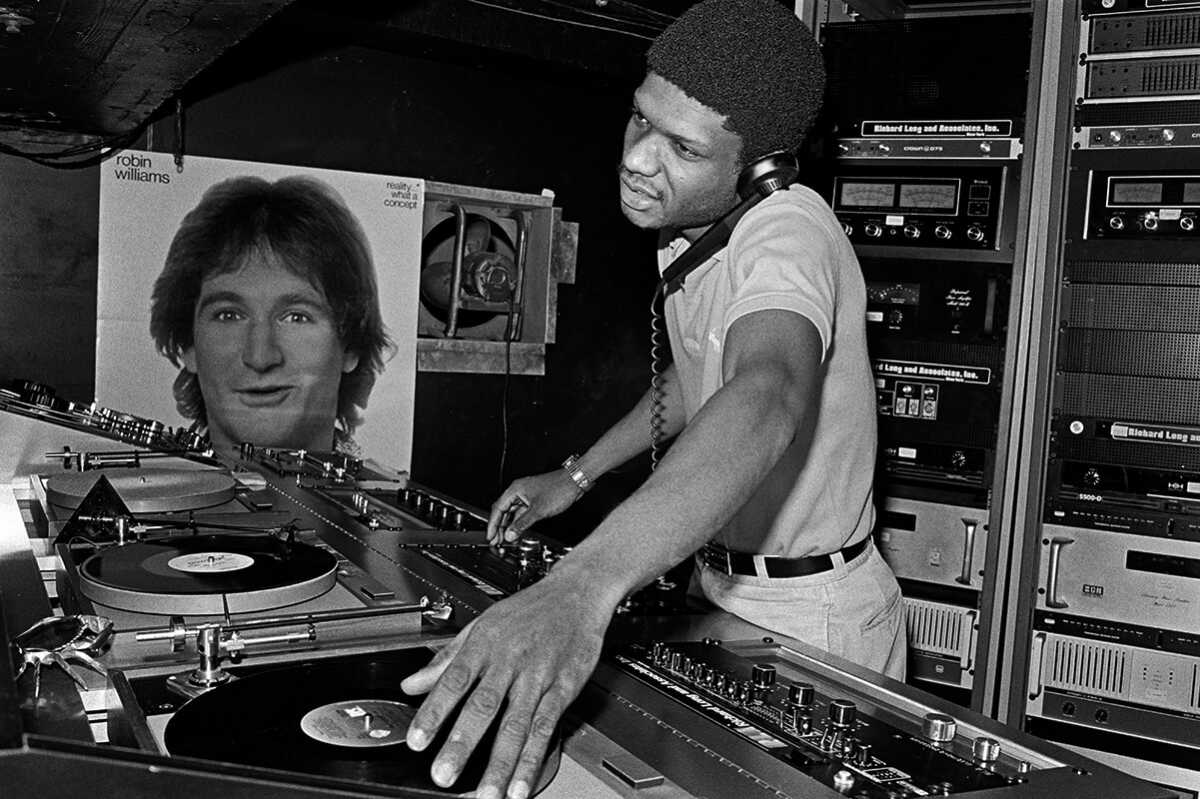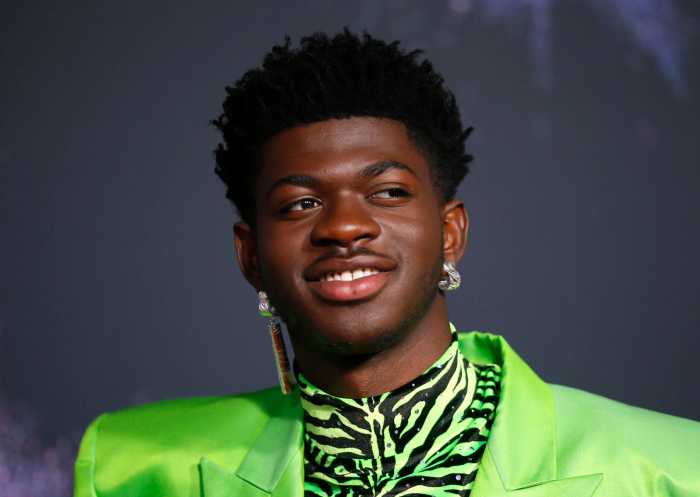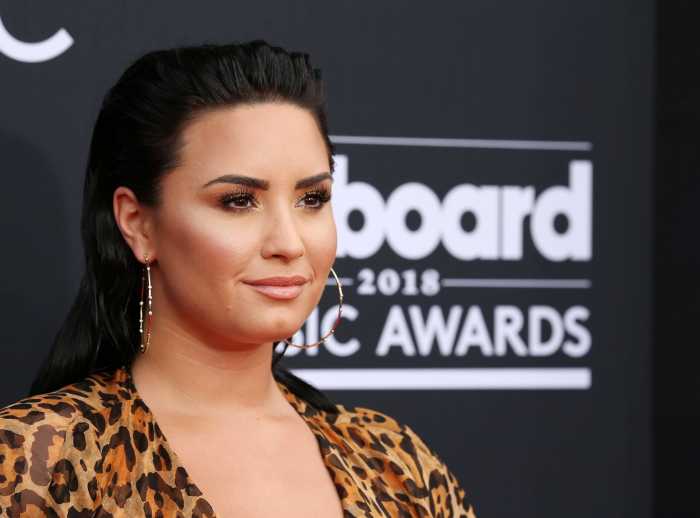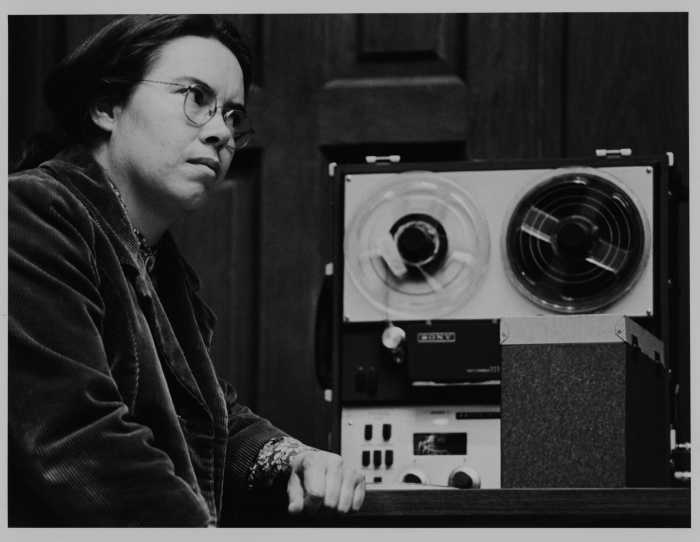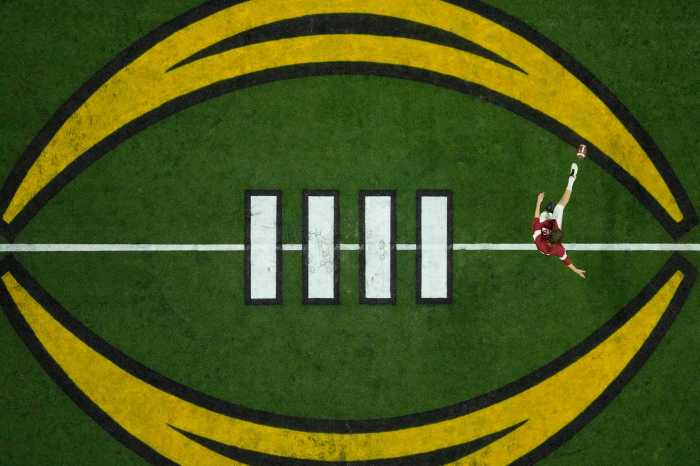It’s no secret that New York City has long been a breeding ground for musical innovation. But the Museum of the City of New York (MCNY) has wisely decided to focus on a particularly fertile time with its exhibition, “New York New Music: 1980-1986.”
Actually, fertile doesn’t begin to describe this period — explosive is more like it. New York was finding its footing after teetering on the edge of bankruptcy, and the embattled city faced unprecedented crime, racial tensions, homelessness, and decay. Rents were cheap so artists could afford to live and work here. Regulations went by the wayside, giving rise to a Wild West ethos. From out of this cauldron, vital artistic achievements were forged, especially in music.
“The musical innovations of this time period are a great example of the resilience of the city and the importance of art and creativity as forces of transformation,” MCNY president Whitney Donhauser said.
The exhibit highlights the diverse, dynamic musical genres that emerged in this time of experimentation, mixing elements of pop, hip-hop, salsa, no wave, reggae, Afrobeat, and jazz. You’ll find landmark moments like the Talking Heads sold-out concert at Central Park (August 27, 1980) and the Funky 4 +1 appearance on “Saturday Night Live” (February 14, 1981), the very first live hip-hop turn on national TV.

Other notable events include the Next Wave festival at the esteemed Brooklyn Academy of Music (1982-83), which presented artists like Laurie Anderson, Max Roach, and the dream team of Bill T. Jones and Arnie Zane, and Run-DMC and the Treacherous Three at Graffiti Rock (June 29, 1984), where the first hip-hop TV show was recorded.
What’s particularly striking is how many LGBTQ (or queer-adjacent) artists figure into this musical revolution. There’s a section that spotlights Keith Haring’s first annual Party of Life at the pioneering multicultural queer dance club known as Paradise Garage (May 16, 1984, the year he landed on the cover of Newsweek) with legendary DJ whiz Larry Levan.
The event was a heady mix of music, art, fashion, and performance, boasting a starry guest list including Ann Magnuson, Joey Arias, and Diana Ross, with performances by John Sex and Madonna (wearing an outfit designed by Stephen Sprouse and painted by Haring). The out gay wunderkind outdid himself for this birthday celebration, where he created huge graffiti-style murals on every wall, along with video installations. Sadly, many of the revelers, including Haring, were lost to AIDS within a few years.
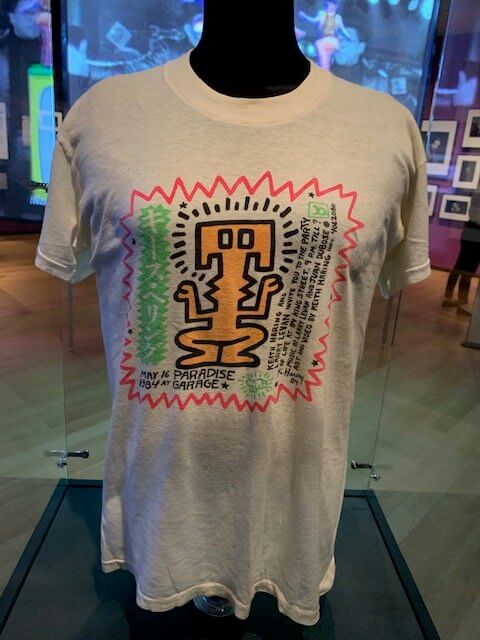
Another section recalls Madonna’s first-ever public show, belting out “Everybody” at Danceteria (December 16, 1982), which helped catapult the 24-year old to fame months later with her self-titled debut album. Of course, Madonna would become a staunch ally of the LGBTQ community, headlining AIDS fundraisers and catering to the queer market.
Not that all of these musical moments hit the mainstream. One section commemorates Arthur Russell’s dissonant genre-defying performances at the Experimental Intermedia Foundation in SoHo (September 22, 1985), which led to his trailblazing album, “World of Echo.” The classically trained cellist was a regular at queer clubs like The Loft and Paradise Garage, which influenced his compositions and spawned such unlikely dance classics as “Is It All Over My Face?” He succumbed to AIDS in 1992.
You’ll even find the “Merman” costume worn by Joey Arias in “Mermaids on Parade” at Danceteria.
Curated by a team led by Sean Corcoran, the MCNY curator of prints and photography, the exhibition is a multimedia spectacle featuring more than 350 objects, incorporating music videos, TV clips, audio recordings, photography, artifacts, and ephemera. There’s even a vintage video lounge resembling a suburban rec room.
This burst of aural energy was short-lived, however. New York’s economy rebounded, rents skyrocketed, and gentrification began driving out the clubs and artists. The emerging AIDS crisis was decimating the city’s gay population and wracking the creative community. The crack cocaine epidemic ripped through segments of the Black community.
A bonus dimension of New York Music: 1980-1986 is the museumgoers themselves. The day I went, several visitors sported vintage garb from the era. One woman wore a Prince T-shirt. Another dressed like Madonna from her “Desperately Seeking Susan” phase. I saw a man with a messenger-style bag studded with pins featuring his favorite 80s musical artists. I overheard strangers swapping stories from their 80s clubbing days.
It was proof positive that this is more than your typical museum offering. The singular passion elicited by music tends to bring likeminded devotees together. It’s a veritable celebration of this bygone musical era that fosters community as well.
NEW YORK NEW MUSIC 1980-1986 | Museum of the City of New York | 1220 Fifth Avenue (103 St.) | Fri. – Sun. 10 a.m. to 6 p.m. | Purchase timed entry tickets; MCNY.org

